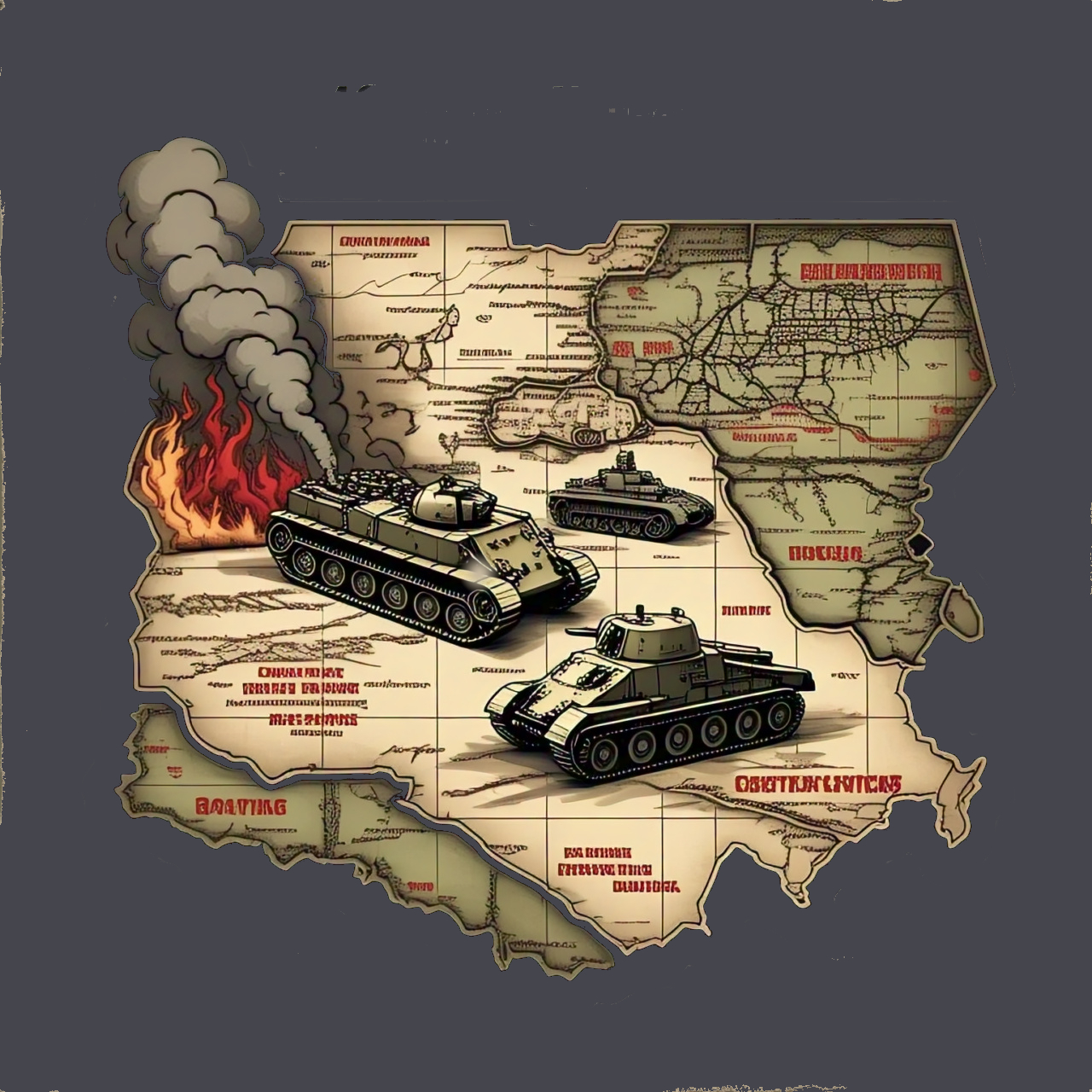29th Infantry Division
The 29th Infantry Division (mot) (29. Infanterie-Division (mot.)) was formed on 1 October 1936 from personnel largely Thuringian. Moved great distances and fought hard in Poland and France. Identified in the central sector in Russia in July 1941. Transferred to the southern sector in the summer of 1942 and virtually destroyed at! Stalingrad.

Commanders
Generalmajor Max Fremerey, from 20th September 1941 to 25th September 1942

Generalmajor Max Fremerey commanded the 29th Motorized Infantry Division during World War II, showcasing strategic leadership and resilience. He participated in key campaigns, including Operation Barbarossa and the Battle of Stalingrad. Fremerey earned the Knight’s Cross of the Iron Cross for his military achievements and was captured in 1945, later released in 1947.
Generalmajor Hans-Georg Leyser, from 25th September 1942 to January 1943

Generalmajor Hans-Georg Leyser commanded the 29th Motorized Infantry Division during World War II, showcasing strategic leadership and resilience. He participated in key campaigns, including the Battle of Stalingrad, where he was captured by Soviet forces. Leyser earned the Knight’s Cross of the Iron Cross for his distinguished military achievements.
Units
- 129th Panzer Battalion
- 12 Panzer II
- 35 Panzer III (5 cm lg)
- 8 Panzer IV (lg)
- 2 Panzer Befehlswagen
- 15th Infantry Regiment (mot)
- 71st Infantry Regiment (mot)
- 29th Motorcycle Reconnaissance Battalion
- 29th Artillery Regiment
- 29th Pioneer Battalion
- 29th Anti-Tank Battalion (mot)
- 29th Signals Battalion
Auxiliary unit number 29
Home Station Erfurt (Wkr. IX)
Locations
History
The 29th Infantry Division (mot) was formed in 1936, specializing in motorized infantry operations during World War II. Initially deployed to Poland, it participated in the invasion, showcasing its strategic importance in German military campaigns. The division later fought in France, advancing rapidly and capturing key locations during the Blitzkrieg.
Assigned to the Eastern Front, the division played a significant role in Operation Barbarossa, engaging in battles like Smolensk and Moscow. It suffered heavy losses during the Battle of Stalingrad, where it was destroyed in 1943. Reformed as the 29th Panzergrenadier Division, it continued fighting until surrendering in 1945.
Gallery



Other blog categories that may be of interest. 10mm ACW Project, 10mm AWI Project, 10mm AZW Project, 10mm CGW Project, 10mm FIW Project, 10mm Sci-Fi Projects, Aliens, Dropzone Commander, Terra Nova, 10mm WWI Project, 10mm WWII Project, 10mm Zombie Project, Battle Reports & Scenarios, Making Scenery & Terrain, Painting Guides, Shows & Events, Solo Wargaming, Wargaming Projects, Wargaming Rules.


Leave a Reply